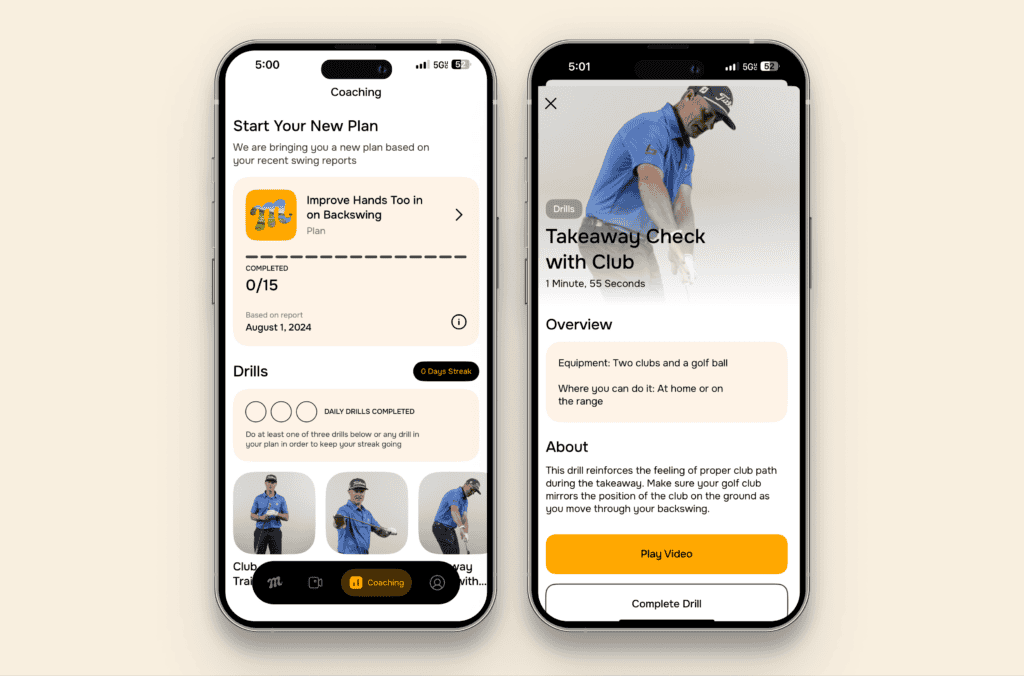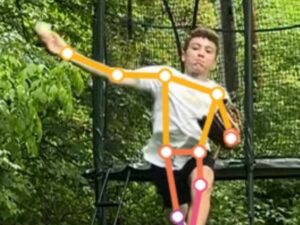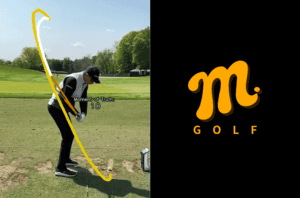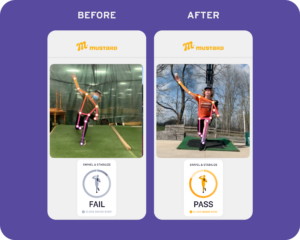Alright. You’ve downloaded the Mustard Golf app, uploaded a video of your swing, and gotten your swing summary, report card and coaching plan. Here are a few things to keep in mind about how coaching is delivered by Mustard Golf.
Mustard Golf Isn’t Meant to Compare you to a Tour Professional
Mustard Golf isn’t meant to compare your swing to Justin Rose’s swing, or any other “perfect” swing out there. Rather, Mustard Golf’s score thresholds are designed to identify the most important areas for improvement in your golf swing and give you the ability to track that improvement, whether you’re an amateur or a pro. As your movement patterns get better and you more consistently hit the positions necessary for a good golf swing, your score—and your ball-striking—will improve. Also, swing speed does not contribute to your score, and that is a major differentiator between amateur and elite golfers.
The Variable in Which you Scored the Lowest Isn’t Necessarily the Variable you Will Work on First in “Your Plan”
Mustard Golf begins with the issue that occurs earliest in your swing because it is much easier to make impactful changes at set-up or in the backswing, when you’re moving slowly. Additionally, addressing the issues you have early in your swing often improves issues that occur later. This is also why Mustard Golf only gives you one variable at a time to work on in “Your Plan.” If you do your drills and improve at the first variable you are given, you will likely score better on the rest of the variables the next time you do a swing analysis.
You Should Try All the Drills in “Your Plan,” Then Concentrate on the One That Feels Best to You
Mustard Golf will provide you with several drills to address your swing issues. Try all of the drills. It’s likely that one drill will resonate with you more than the others and will create a sensation in your body that gives you an “ah-ha moment.” Do that drill as much as possible, wherever you can, whether it is in your living room or on the driving range. You can even simply visualize yourself doing the drill to internalize the feeling it creates. When that feeling starts to stick, go hit some golf balls and upload another swing.
Be Honest with Yourself Before Moving on to the Next Variable
Don’t wait until you’ve made what you consider a “perfect” swing to upload your next video to Mustard Golf. Upload the golf swing you most often produce. If you’re able to execute a better swing around 75% of the time and your score in the variable first addressed in “Your Plan” has improved, you are ready to move on to the next variable.
Moment of Truth is Bringing Your Swing Score Down, but it Isn’t yet Addressed in “Your Plan”
In the golf swing, Position 5 (P5) is defined as the transition, or the moment the golf club changes direction. P6 is defined as pre-impact, just before the club makes contact with the ball. Mustard Golf defines Moment of Truth as the midway point between these two positions, when the angle of the club shaft should match the angle of your back forearm. In the below image of pro golfer and Mustard advisor Justin Rose at P5.5, you can see the angle of the club perfectly matches the angle of his forearm. If your golf swing is too steep, the club shaft will be excessively above your forearm at this position, making it difficult to make good contact with the ball. Drills on Moment of Truth are coming soon.

Variables Currently Measured by Mustard Golf
1. Loss of Posture in the Backswing
If you are losing your posture in the backswing, there will be a noticeable height difference between your set up and the top of your backswing. If you stand up excessively in your backswing, you sacrifice efficiency and have to compensate in the downswing to make clean contact with the ball.
2. Under-Rotation in the Backswing
Getting a full shoulder turn in the backswing rather than simply lifting your arms is imperative to creating power. With a 90-degree shoulder turn, your chest will point away from your target at the top of your backswing. Under-rotation of the body in the backswing is inefficient for power generation and causes inconsistencies in ball strike and trajectory.
3. Backswing Hips Over-Rotated
If the hips turn too far away from the target during your backswing, it will be difficult to efficiently and effectively transfer your weight through to your front foot as you swing. Over-rotation of the body in the backswing puts you too far behind the golf ball and causes you to make adjustments in your swing path that impact ball strike and trajectory.
4. Hands Too Far In in Backswing
Having your hands too far inside on the backswing causes the club to get stuck behind you and leads to compensations to make good contact with the golf ball.
5. Hands Too Far Out in Backswing
Typically, if your hands are too far out on your backswing, they will be above your shoulder and too close to your head. Having the hands too far out on your backswing causes you to make adjustments in your path to the ball that will impact ball strike and shot trajectory.
6. Downswing Upper Body Outrace
Proper sequencing in the golf swing means a transfer of power from the ground up, beginning with the hips, then the torso, then the shoulders and arms, then the club. Initiating the downswing with your upper body leads to steep club path, loss of power and directional issues.
7. Loss of Posture in the Downswing
If you are losing your posture in the downswing, there will be a noticeable height difference between the top of your backswing and impact with the ball. If you stand up excessively in your downswing, you will have to over-manipulate the clubface at impact, leading to inconsistencies.
8. Hip Hike in Downswing
During your backswing, the trail side of the pelvis will travel upwards. During the downswing, it should sink back down and get to level. The trail side will then stay down as the lead side travels upward. If you are hiking your hips, the back side of the pelvis stays up in the transition, causing the club to travel from the outside in, steepening your downswing and making it difficult to make good contact with the ball.
9. Hip Thrust in the Downswing
During the downswing, the lead hip should move away from the golf ball, creating space between your body and the ball. Moving the hips toward the ball in the downswing leads to an excessively inside-out swing and causes inconsistent contact.
10. Hands Too Far In in Downswing
Typically, if your hands are too far in on your downswing, the club will be very far from the golf ball, making it difficult to strike the ball from the inside.
11. Hands Too Far Out in Downswing
If you’ve ever been told your golf swing is too “over the top,” your hands are likely too far out in the downswing. This leads to a high and steep club path, compensations to make contact and inconsistent shot trajectory.
If you’d like more great content from Mustard Golf, and you’d like to evaluate and improve your own golf swing, download the Mustard Golf app today.
Click HERE if you’d like to submit your pitching delivery or golf swing for use on #TeamMSTRD’s social media channels.








